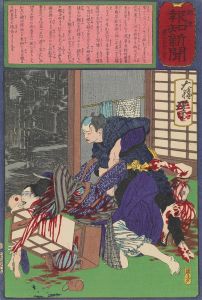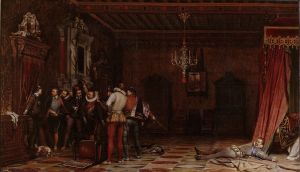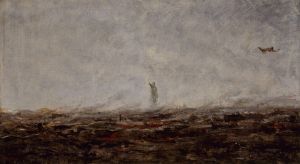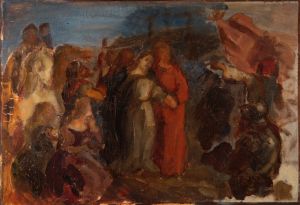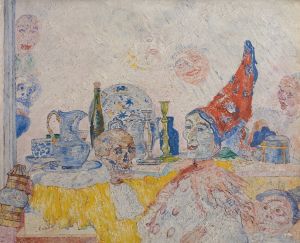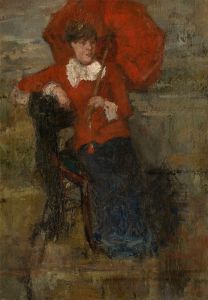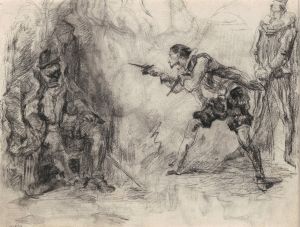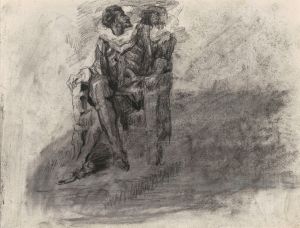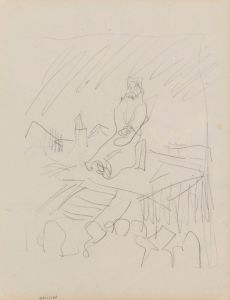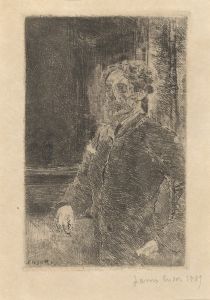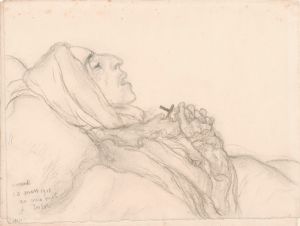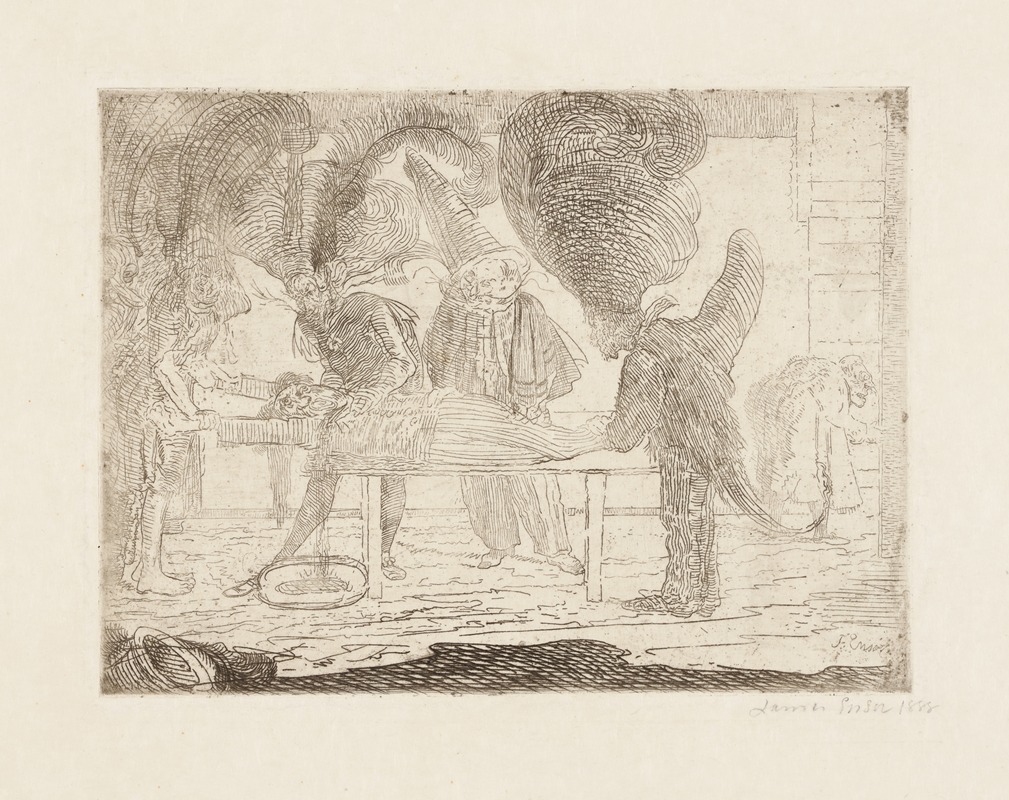
L’assassinat
A hand-painted replica of James Ensor’s masterpiece L’assassinat, meticulously crafted by professional artists to capture the true essence of the original. Each piece is created with museum-quality canvas and rare mineral pigments, carefully painted by experienced artists with delicate brushstrokes and rich, layered colors to perfectly recreate the texture of the original artwork. Unlike machine-printed reproductions, this hand-painted version brings the painting to life, infused with the artist’s emotions and skill in every stroke. Whether for personal collection or home decoration, it instantly elevates the artistic atmosphere of any space.
James Ensor's painting L’assassinat (translated as The Assassination) is a notable work by the Belgian artist, created in 1888. Ensor, a key figure in the Symbolist and later Expressionist movements, is renowned for his eccentric and often macabre subject matter, and L’assassinat is a striking example of his distinctive style.
The painting depicts a violent and chaotic scene of murder, rendered in Ensor's characteristic vivid and expressive brushwork. The composition is dominated by a group of grotesque, mask-like figures surrounding a bloodied victim lying on the ground. The distorted faces and exaggerated expressions of the figures evoke a sense of menace and hysteria, reflecting Ensor's fascination with themes of death, violence, and the darker aspects of human nature. The use of masks, a recurring motif in Ensor's work, adds an unsettling, theatrical quality to the scene, blurring the line between reality and performance.
Ensor's choice of subject matter and his unconventional approach to composition and color were highly innovative for his time. The painting's raw emotional intensity and its departure from traditional academic styles were emblematic of the avant-garde tendencies that defined much of Ensor's oeuvre. L’assassinat is often interpreted as a critique of societal hypocrisy and the brutality of human behavior, though Ensor himself did not provide explicit explanations for his works, leaving much to the viewer's interpretation.
The painting is executed in oil on canvas and measures approximately 99 by 80 centimeters. It is part of the collection of the Royal Museum of Fine Arts in Antwerp, Belgium, where it remains an important example of Ensor's contribution to modern art. The work is frequently discussed in the context of Ensor's broader artistic legacy, which influenced later movements such as Expressionism and Surrealism.
L’assassinat exemplifies Ensor's ability to confront viewers with unsettling imagery while challenging conventional artistic norms. Its enduring impact lies in its ability to provoke thought and elicit strong emotional responses, cementing its place as a significant work in the history of modern art.





